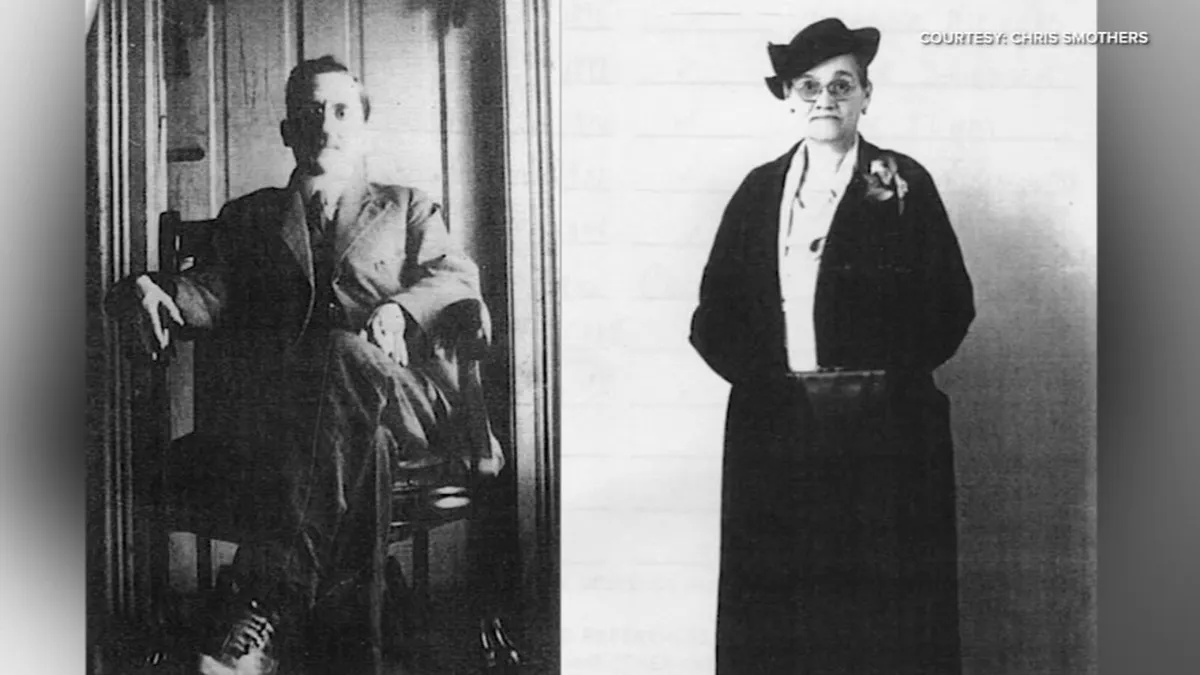
Robert Francis Prevost, the newly appointed Pope Leo XIV, has deep-rooted connections to New Orleans, Louisiana, as uncovered by recent genealogical research. ABC News has obtained significant historical documentation, including U.S. Census records from the early 1900s, that illustrates the complex racial heritage of the first American pope. These discoveries highlight not only his familial ties but also the intricate tapestry of America's racial history.
Pope Leo XIV's maternal grandparents, Joseph Martinez and Louise Baquié, are noted in several census documents as being either Black or mulatto. According to their 1887 marriage license, Martinez indicated that he was born in Haiti, while birth records reveal his origin as Santo Domingo in the Dominican Republic. Chris Smothers, a professional genealogist and historian at Simmons University, noted that during that era, these territories were often intertwined, reflecting a shared cultural and historical landscape.
Baquié's birth records confirm her birthplace as New Orleans, further establishing the pope's familial ties to the American South. Smothers emphasized that the pope has longstanding connections to the free people of color in Louisiana, showcasing the rich cultural heritage of the region.
The 1900 census indicated that while living in New Orleans, both of Pope Leo XIV's maternal grandparents and his aunts, Irma and Margaret, were identified as Black. However, by the 1920 census, after the family migrated to Chicago and welcomed the pope's mother, Mildred, their racial classification had shifted to white. This transformation is not uncommon among families relocating from the South during that time, as they often altered their racial identities for survival and economic reasons. Smothers referred to this trend as a common survival strategy, highlighting that many families opted to pass as white to secure better opportunities.
Genealogist Jari Honora further elaborated on this phenomenon, stating that the family migration from New Orleans to Chicago between 1910 and 1912 coincided with their change in racial identifiers. This shift was often a necessary economic decision, allowing families to navigate societal challenges more effectively.
ABC News has also obtained photographs of the pope's grandparents, which local genealogists facilitated in uncovering this lineage. The pope's brother, John Prevost, recognized the photos and confirmed their authenticity, expressing that while he was aware of his grandparents' Haitian roots and time in New Orleans, discussions regarding racial matters were seldom held within the family.
The Creole community in New Orleans has played an integral role in Louisiana's history, contributing significantly to its culture. The term "Creole" typically refers to individuals of mixed-race heritage. As Smothers explained, being a Creole in Louisiana often indicated a lineage where at least one ancestor had fought for their freedom from slavery. While genealogists have not yet found direct evidence linking the pope's ancestry to enslaved individuals, the historical context remains significant.
In a statement released on Thursday evening, New Orleans Mayor Latoya Cantrell expressed pride in welcoming Pope Leo XIV, emphasizing that the city is a melting pot of diverse religions and beliefs. She highlighted the pope as a figure embodying morality, unity, and inclusivity. As genealogists continue to delve into the pope's background, it becomes increasingly clear that he is not merely the first American pope but also a representation of the diverse cultural heritage found throughout the United States.
Honora noted the symbolic nature of the pope's ancestry, stating that the trajectory of his lineage is not surprising. However, the realization that a descendant of such a rich cultural history has ascended to the papacy adds a remarkable layer of significance to his story.